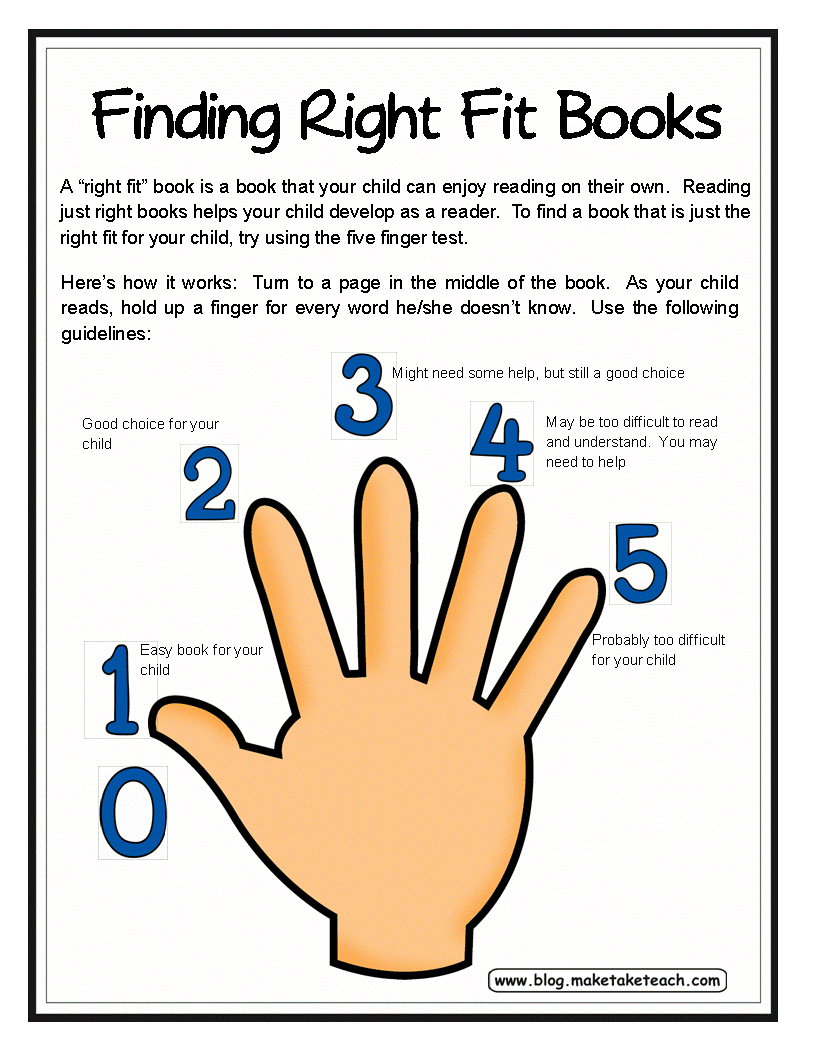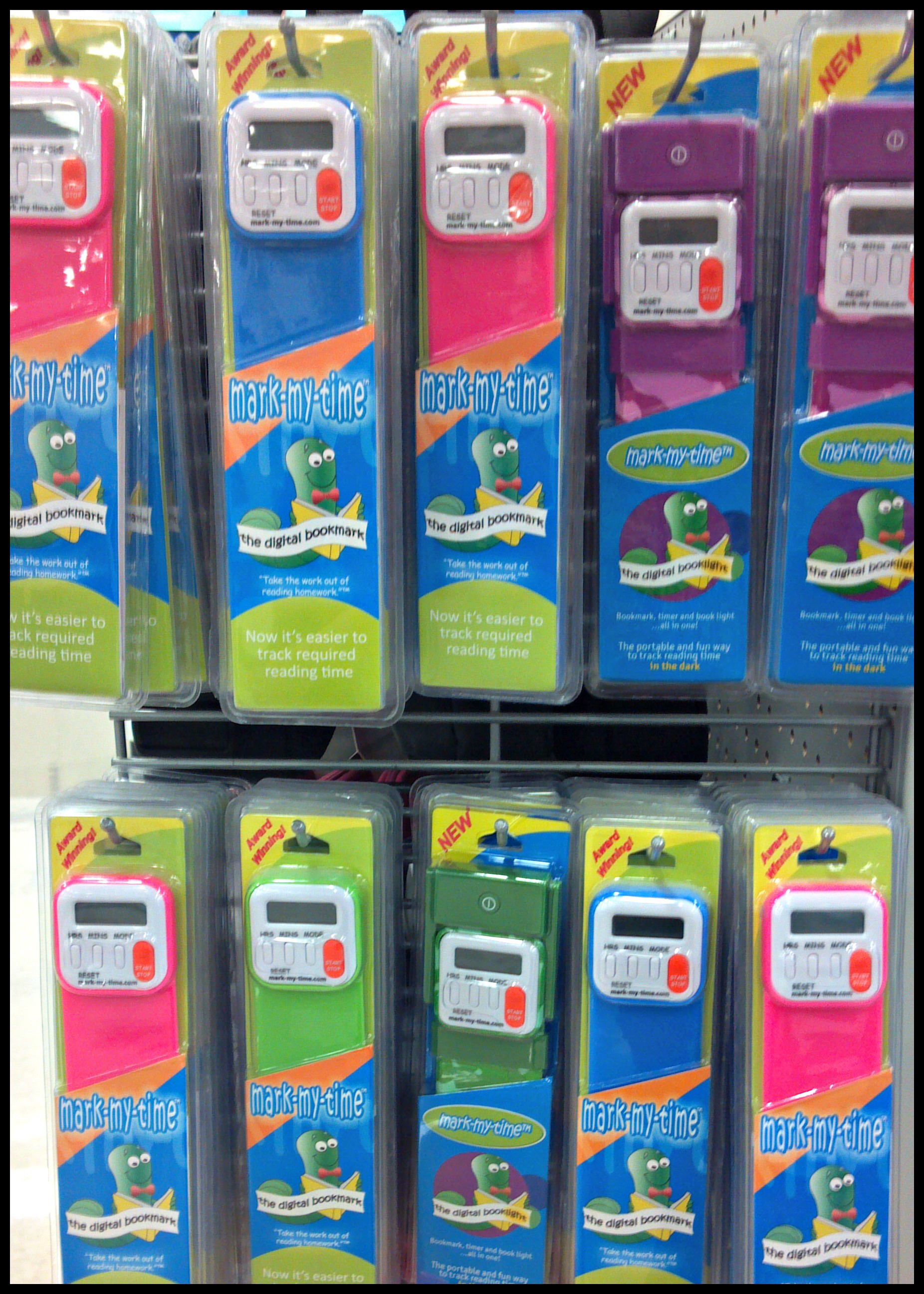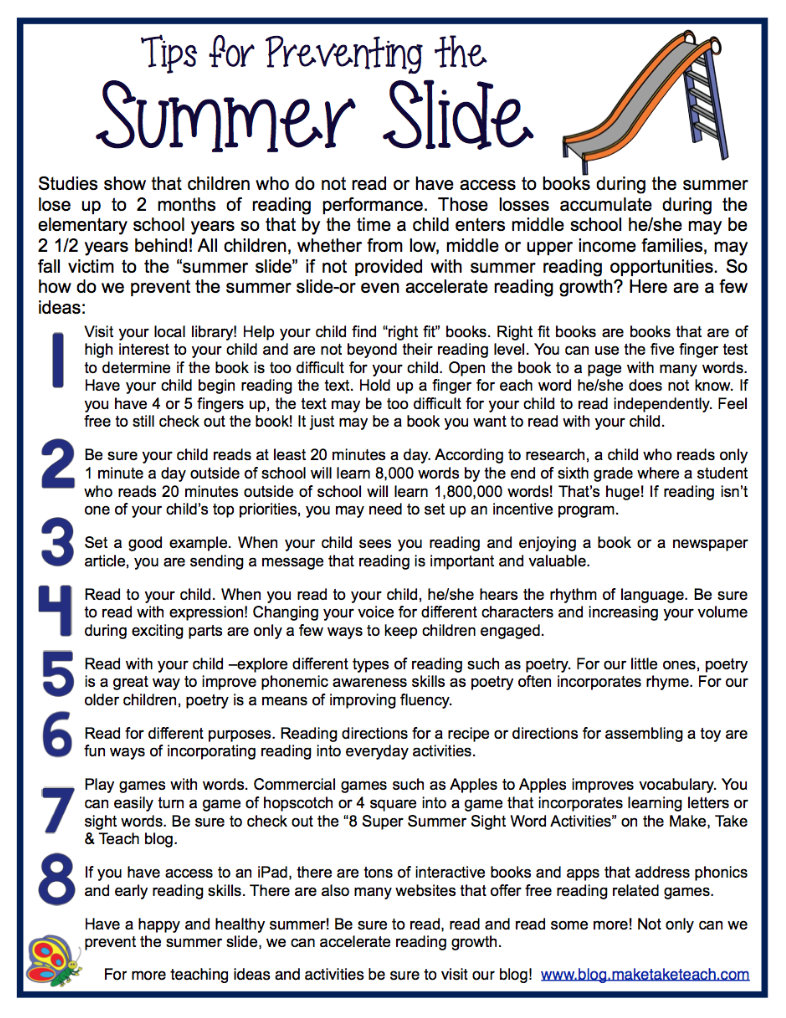As much as teachers love summer vacation, there’s always a little (actually, big) panic that sets in as we pack up the classrooms and send our children off during those three lazy months of fun in the sun. What if they never pick up a book? Oh, and they were so close in learning all their math facts- will they forget? We’ve worked so diligently teaching skills and the kids have learned so much—what if when they return in September and they forget? The loss of skills during the summer in the educational world is known as “The Summer Slide” and it is very real. Research indicates that children who live in poverty consistently lose 2 months of reading performance and that those loses accumulate each year during the elementary grades. This means that by middle school a student can be up to 2 ½ years behind! According to research, two-thirds of the 9th grade reading achievement gap can be explained by unequal access to summer learning opportunities during the summer months during elementary. Crazy, right?
So, what’s the answer? With dwindling funds in education, summer school and enrichment programs are often the first things on the chopping block. Although I am supportive of summer programs, it’s only one option to lessen the effects of summer loss. In fact, there are many no-cost ways of not only eliminating summer reading loss, but accelerating learning over the summer. Evidence suggests that simply giving students a set of self-selected books on the last day of school or offering opportunities such as opening up the library one day week may be enough to eliminate the summer loss. Could it really be that simple? Surprisingly, providing books to read during the summer produced as much reading growth as did sending students to summer school (Allington 2010). We must ensure that our children have books in their hands. Below are a few fun and simple ways to keep our kiddos engaged with learning during the summer.
1. Visit your local library! Help your child find “right fit books. Right fit books are books that are of high interest to your child and are not beyond their reading level. You can use the five finger test to determine if the book is too difficult for your child. Open the book to a page with many words. Have your child begin reading the text. Hold up a finger for each word he/she does not know. If you have 4 or 5 fingers up, the text may be too difficult for your child to read independently. Feel free to still check out the book! It just may be a book you want to read with your child.
 Click the following link to download this file Finding the Right Fit Book
Click the following link to download this file Finding the Right Fit Book
2. Be sure your child reads at least 20 minutes a day. According to research, a child who reads only 1 minute a day outside of school will learn 8,000 words by the end of sixth grade where a student who reads 20 minutes outside of school will learn 1,800,000 words! That’s huge! If reading isn’t one of your child’s top priorities, you may need to set up an incentive program.
I found these “Mark My Time” book marks at Walmart. They can be a great motivator to ensure that your child reads at least 20 minutes a day. If your child already enjoys reading, you probably wouldn’t need to use this. We want children to read for the pure enjoyment of reading. Some children just need a little bit more structure and incentive.
3. Set a good example. When your child sees you reading and enjoying a book or a newspaper article, you are sending a message that reading is important and valuable.
4. Read to your child. When you read to your child, he/she hears the rhythm of language. Be sure to read with expression! Changing your voice for the different characters in the story and increasing volume for exciting parts are only a few ways to make reading interesting.
5. Read with your child –explore different types of reading like poetry. For our little ones, poetry is great way to improve phonemic awareness skills as poetry often incorporates rhyme. For our older children, poetry is a means of improving fluency.
6. Read for different purposes. Reading directions for a recipe or directions for assembling a toy are fun ways to incorporating reading.
7. Games with Words. There are tons of ways to have fun learning letters and sight words. Check out my earlier blog post 8 Super Summer Sight Word Activities for a few ideas.
8. If you have an iPad, try downloading a few interactive books. There are also lots of reading games that keep children engaged.
Just click the following link to download this handout Summer Slide Handout
Did you know that teachers typically spend the first month of school reteaching skills? Let’s get going! Make this summer a summer of learning and fun!






Leave a Reply